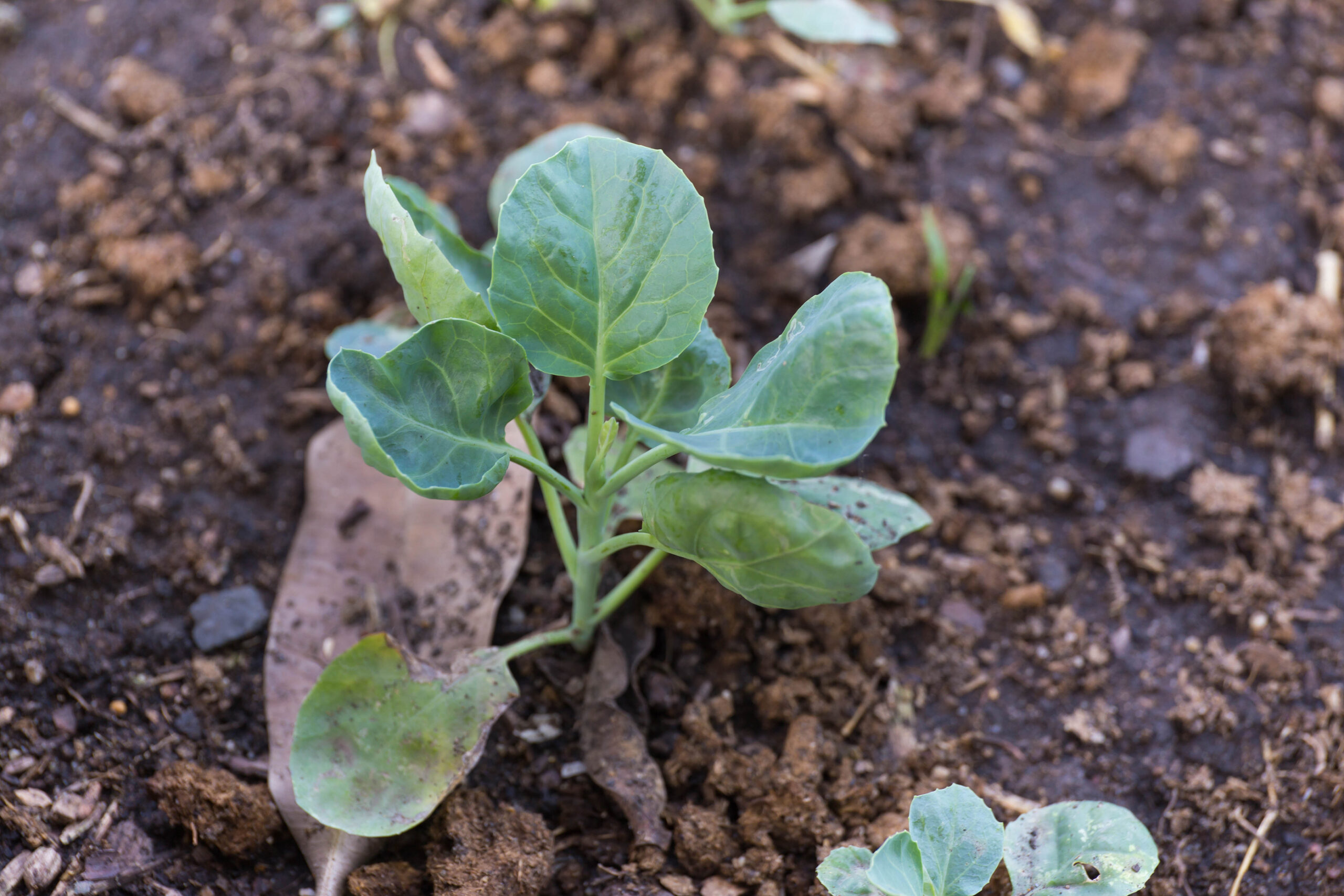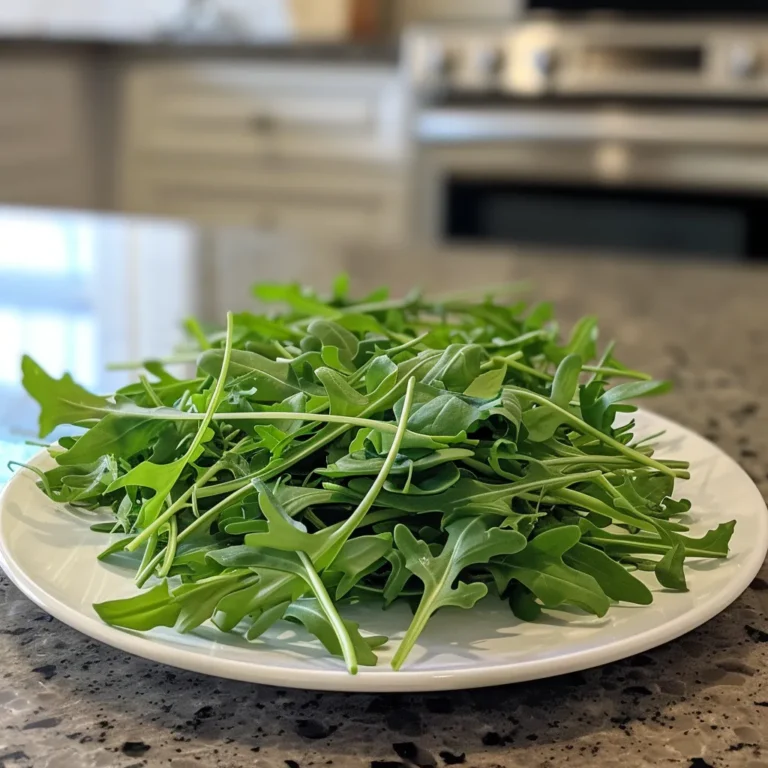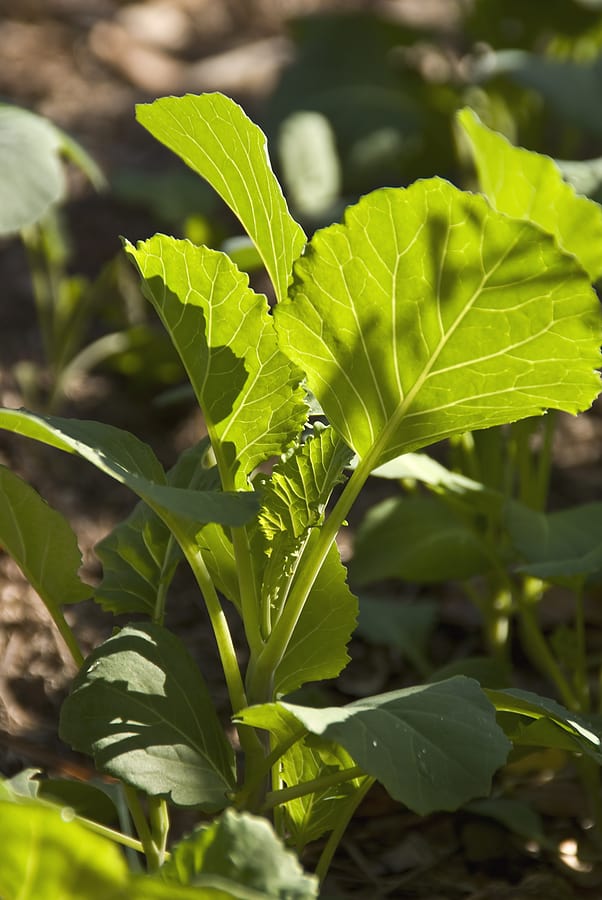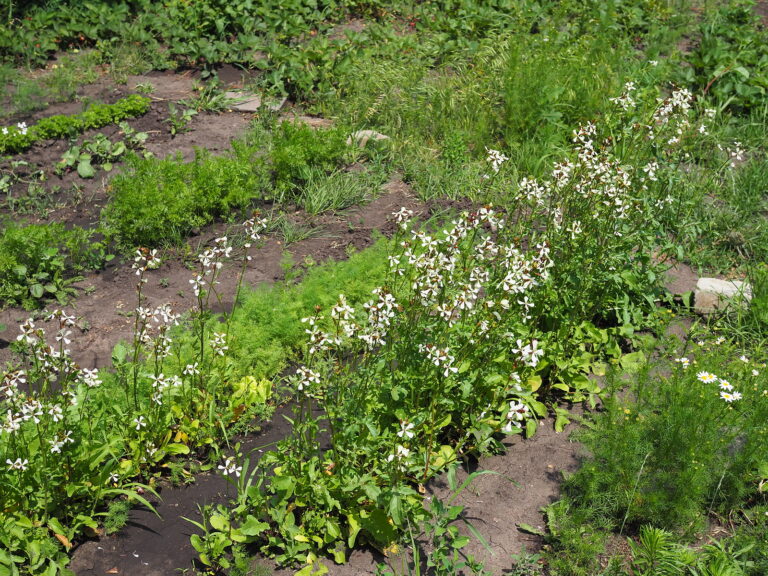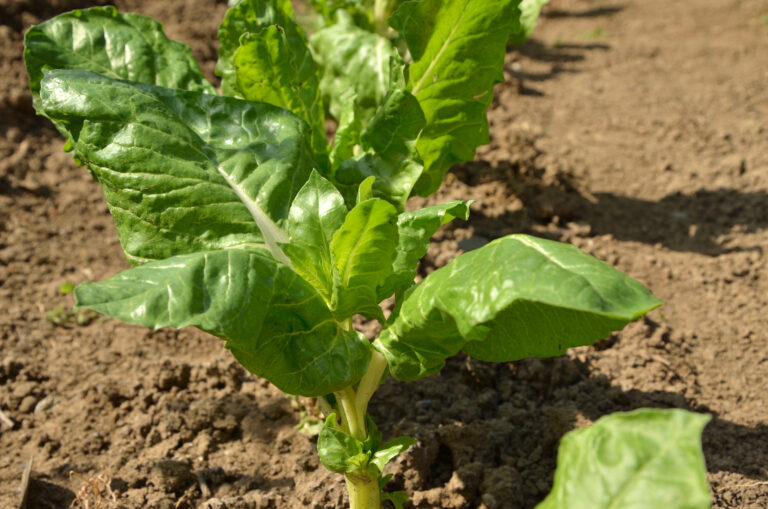Common Collard Greens Pests and Diseases and Natural Ways to Control Them
Collard greens are hardy and nutritious, but even experienced gardeners like myself—after 30+ years growing collards—know that pests and diseases can quickly reduce yields and damage leaves. Understanding the most common threats and how to control them naturally is essential for healthy, productive plants. In this guide, I’ll share practical, tried-and-true strategies that have worked consistently in my California gardens.
Common Collard Pests
1. Aphids
- Symptoms: Curling leaves, sticky residue (honeydew), presence of small green or black insects.
- Natural Control: Spray with a strong stream of water, introduce beneficial insects like ladybugs, or use insecticidal soap.
- Experience Tip: I’ve found early morning treatments are most effective, and repeated checks prevent infestations from spreading.
2. Cabbage Worms (Cabbage Loopers & Imported Cabbageworms)
- Symptoms: Holes in leaves, frass (tiny green droppings), visible caterpillars.
- Natural Control: Handpick caterpillars, use row covers to prevent egg-laying, or apply Bacillus thuringiensis (Bt) for severe infestations.
- Experience Tip: Covering young plants immediately after transplanting has saved entire crops in my raised beds.
3. Flea Beetles
- Symptoms: Tiny round holes, stunted seedlings, and reduced leaf quality.
- Natural Control: Use row covers, sprinkle diatomaceous earth around plants, and maintain healthy soil with good organic matter.
- Experience Tip: Flea beetles are worst in early spring; planting slightly later or using transplants can reduce damage.
4. Slugs and Snails
- Symptoms: Irregular holes, slime trails, damage to low leaves.
- Natural Control: Handpick at night, set beer traps, or scatter crushed eggshells or diatomaceous earth.
- Experience Tip: In my container collards, slug damage is minimal when using elevated containers with barriers.
Common Collard Diseases
1. Black Rot
- Symptoms: Yellow V-shaped lesions from leaf edges, black veins, plant stunting.
- Natural Control: Practice crop rotation, remove infected leaves, and water at the soil level to keep leaves dry.
2. Downy Mildew
- Symptoms: Yellow spots on upper leaves, gray fuzzy growth underneath.
- Natural Control: Improve air circulation, avoid overhead watering, and space plants properly.
3. Clubroot
- Symptoms: Swollen roots, wilting, stunted growth.
- Natural Control: Raise soil pH to 6.5–7 using lime, rotate crops, and plant resistant varieties.
Preventive Care Tips
- Use healthy seedlings free of pests.
- Rotate crops yearly to reduce disease pressure.
- Maintain consistent watering and mulching for plant vigor.
- Monitor plants frequently—early detection is key to natural control.
My Experience
Even with decades of experience growing collards, pests and diseases are inevitable—but manageable. By observing plants carefully, using natural solutions, and maintaining strong plant health, you can enjoy abundant, tender leaves without relying on chemical pesticides. Healthy soil, proper spacing, and preventive care are the foundation of pest- and disease-free collard greens.
Collard Greens Pests & Diseases Quick Reference
| Pest / Disease | Symptoms | Natural Control | Experience Tip |
|---|---|---|---|
| Aphids | Curling leaves, sticky honeydew, small green/black insects | Spray with water, introduce ladybugs, insecticidal soap | Morning treatments work best; check plants regularly to prevent spread |
| Cabbage Worms (Loopers & Imported Cabbageworms) | Holes in leaves, green droppings, visible caterpillars | Handpick, use row covers, Bacillus thuringiensis (Bt) | Cover young plants immediately after transplanting to prevent egg-laying |
| Flea Beetles | Tiny round holes, stunted seedlings | Row covers, diatomaceous earth, healthy soil | Plant slightly later or use transplants to reduce spring damage |
| Slugs & Snails | Irregular holes, slime trails | Handpick, beer traps, crushed eggshells | Elevated containers with barriers minimize damage |
| Black Rot | Yellow V-shaped lesions, black veins, stunted plants | Crop rotation, remove infected leaves, water at soil level | Early removal of infected leaves prevents spread |
| Downy Mildew | Yellow spots on upper leaves, gray fuzzy growth underneath | Improve airflow, avoid overhead watering, proper spacing | Adequate spacing prevents fungal buildup |
| Clubroot | Swollen roots, wilting, stunted growth | Raise soil pH (lime), rotate crops, resistant varieties | Plant in neutral/alkaline soil to reduce incidence |
💡 Tip from My Experience:
Early detection and preventive care are the most effective strategies for natural pest and disease management in collards. Regular observation saves your harvest.

